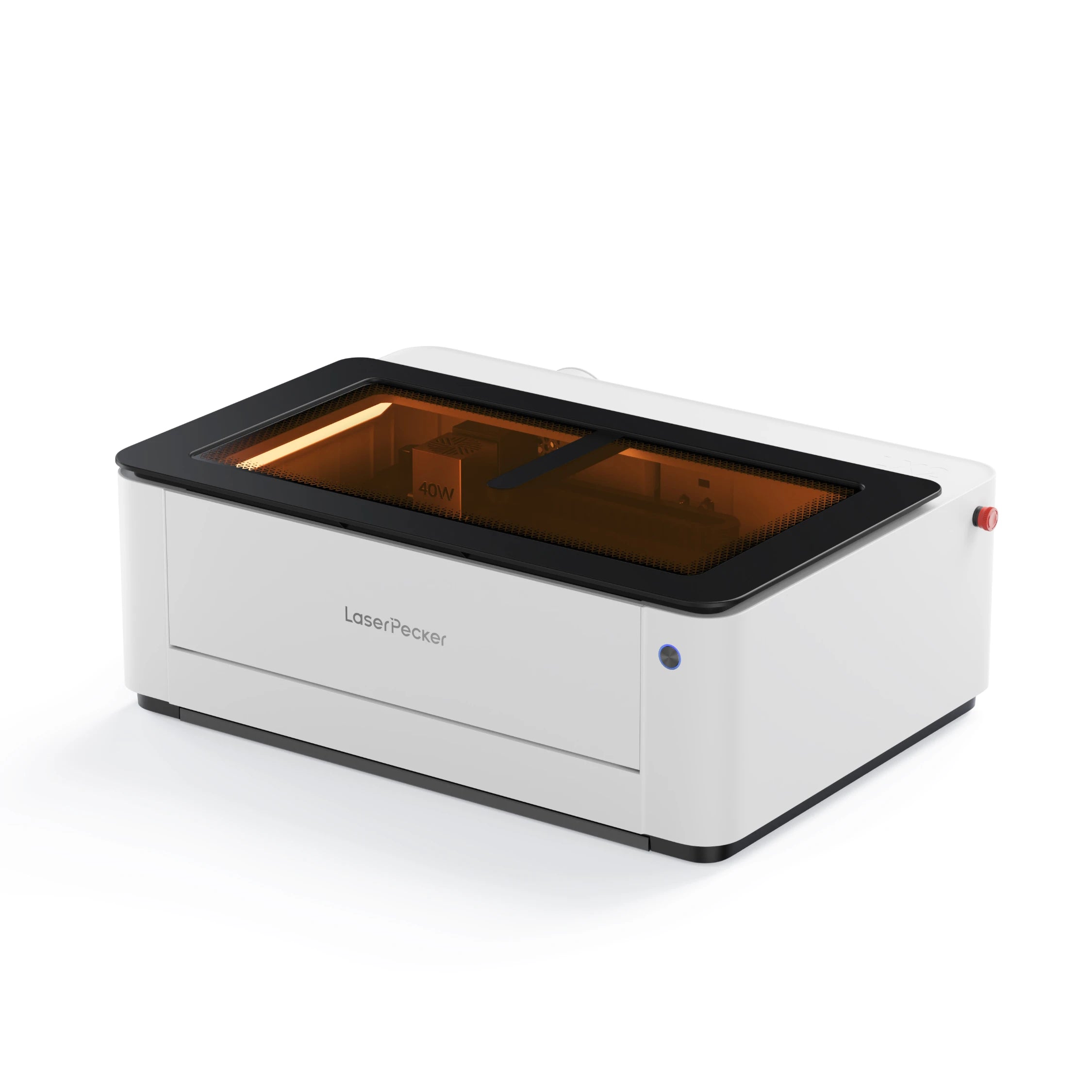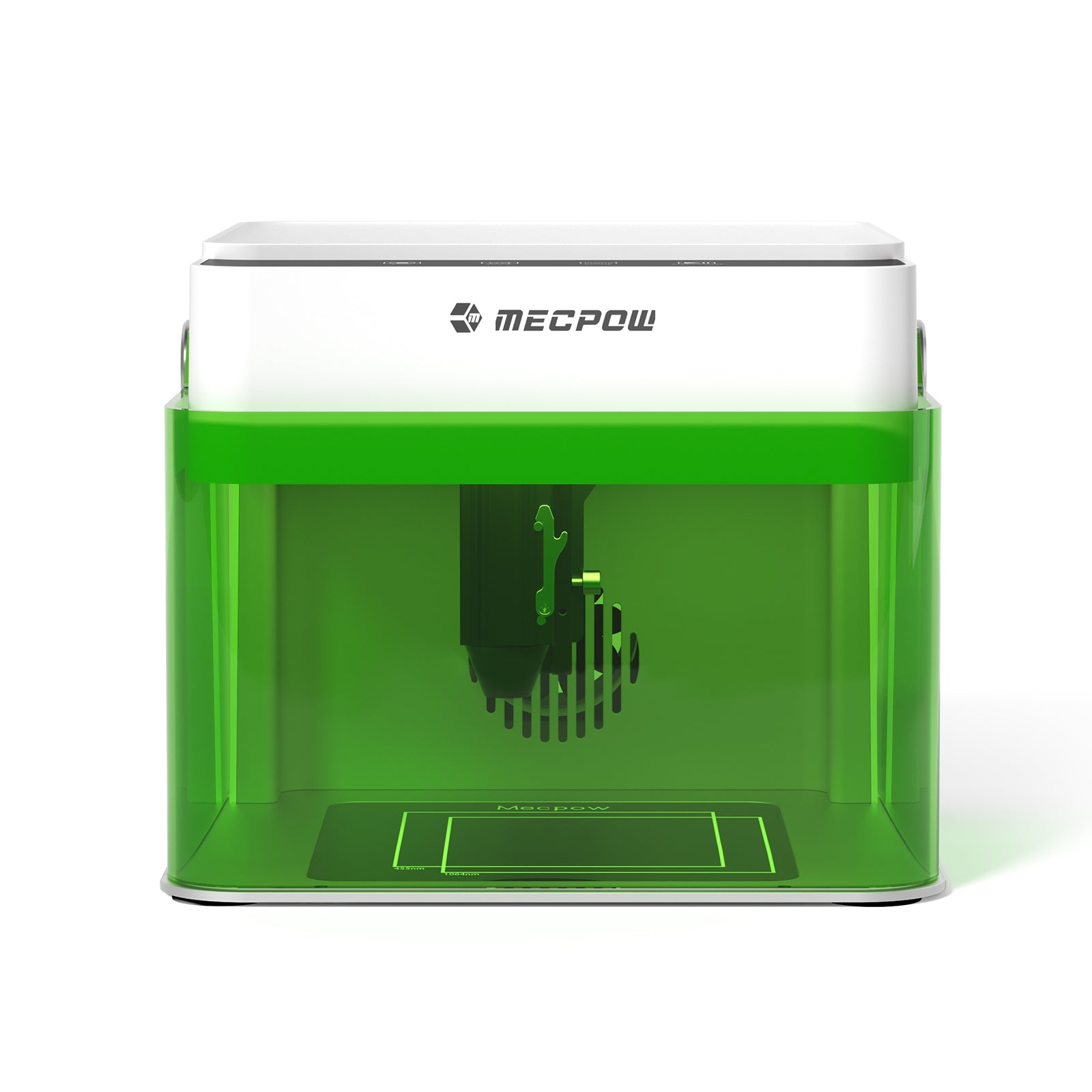Laser Directory
Find the right laser quickly – filter by brand, type, power, price and availability.
Want to dive deeper into each laser type? Explore the category guides:
 7AtomstackIn stock
7AtomstackIn stockAtomstack Swift 12W
$205.43AtomStack Shop (Europe) 3.9 / 59 reviews
3.9 / 59 reviews 7AtomstackIn stock
7AtomstackIn stockAtomstack Swift 7W
$151.09AtomStack Shop (Europe) 3.9 / 59 reviews
3.9 / 59 reviews 7.8AtomstackIn stock
7.8AtomstackIn stockAtomstack Atelier
$651.09AtomStack Shop (Europe) 3.9 / 59 reviews
3.9 / 59 reviews 7.5LaserPeckerIn stock
7.5LaserPeckerIn stockLaserPecker LP2 Plus
$868.48LaserPecker Shop (Germany) 4.8 / 5930 reviews
4.8 / 5930 reviews 8.5LaserPeckerIn stock
8.5LaserPeckerIn stockLaserPecker LX2 40W
$2,227.17LaserPecker Shop (Europe) 4.8 / 5930 reviews
4.8 / 5930 reviews 8.5LaserPeckerIn stock
8.5LaserPeckerIn stockLaserPecker LX2 20W
$1,683.70LaserPecker Shop (Europe) 4.8 / 5930 reviews
4.8 / 5930 reviews 8.5xToolIn stock
8.5xToolIn stockxTool P3
$7,531.53xTool Shop (Germany & Austria) 4.2 / 5168 reviews
4.2 / 5168 reviews 8MecpowIn stock
8MecpowIn stockMecpow M1 3.5W
$173.90Amazon (Germany) 1.6 / 522,018 reviews
1.6 / 522,018 reviews 8.3MecpowIn stock
8.3MecpowIn stockMecpow M1 5W
$195.64Amazon (Germany) 1.6 / 522,018 reviews
1.6 / 522,018 reviews 7.5OmtechIn stock
7.5OmtechIn stockOMTech Solis Duo 50W Fiber + 40W Diode
$4,199.99Omtech Shop (United States)
 7.5OmtechIn stock
7.5OmtechIn stockOMTech Solis Duo 30W Fiber + 20W Diode
$3,199.99Omtech Shop (United States)
 7.5OmtechIn stock
7.5OmtechIn stockOMTech Solis Duo 20W Fiber + 20W Diode
$2,699.99Omtech Shop (United States)
 8.5MecpowIn stock
8.5MecpowIn stockMecpow X1 Dual Laser
$1,195.64Amazon (Germany) 1.6 / 522,018 reviews
1.6 / 522,018 reviews 8Gweike CloudIn stock
8Gweike CloudIn stockGweike Cloud 55W
$2,325.00Gweike Cloud Shop (Europe) 4.0 / 536 reviews
4.0 / 536 reviews 7.5CrealityIn stock
7.5CrealityIn stockCreality Falcon A1 10W
$640.22Amazon (Germany) 1.6 / 522,018 reviews
1.6 / 522,018 reviews 8xToolIn stock
8xToolIn stockxTool F2 Ultra Dual Laser
$7,781.53xTool Shop (Germany & Austria) 4.2 / 5168 reviews
4.2 / 5168 reviews 7.8xToolIn stock
7.8xToolIn stockxTool F2 Ultra Single Laser
$5,977.18xTool Shop (Germany & Austria) 4.2 / 5168 reviews
4.2 / 5168 reviews 7.8xToolIn stock
7.8xToolIn stockxTool MetalFab 1200W
$18,974.04xTool Shop (Germany & Austria) 4.2 / 5168 reviews
4.2 / 5168 reviews 7.8xToolNot available
7.8xToolNot availablexTool MetalFab 800W
$16,594.04xTool Shop (Germany & Austria) 4.2 / 5168 reviews
4.2 / 5168 reviews 8WeCreatIn stock
8WeCreatIn stockWeCreat Lumos
$1,099.99WeCreat Shop (United States) 4.2 / 565 reviews
4.2 / 565 reviews
Laser buying FAQ
Quick answers on laser types, power, materials and safety.
